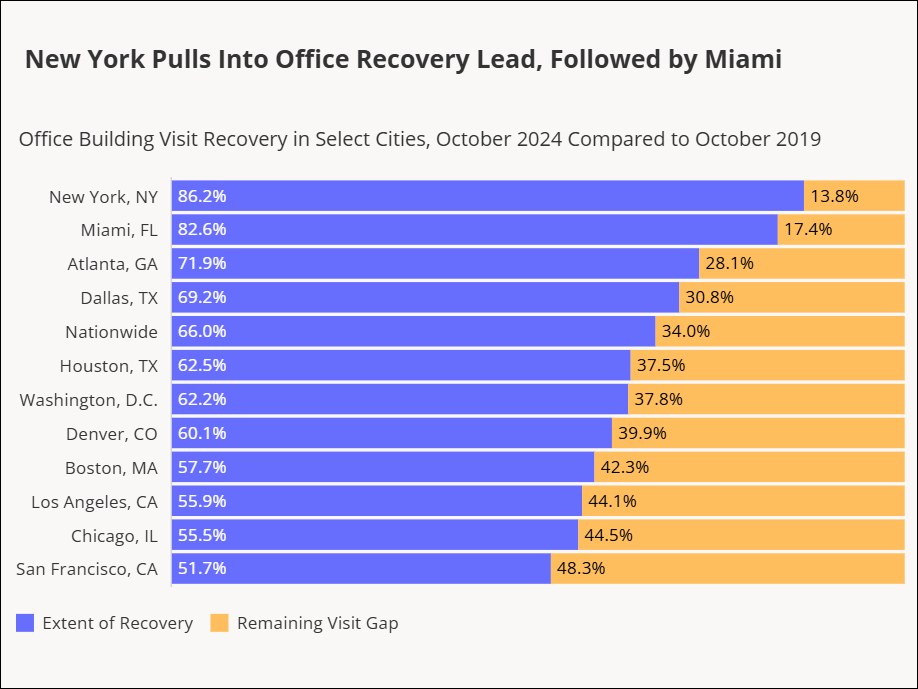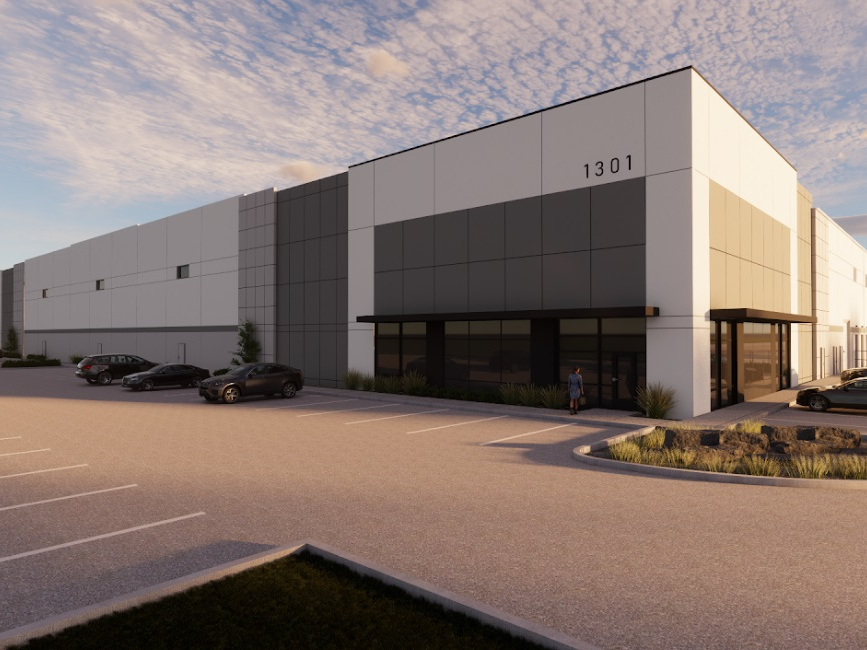Why Net Lease Is Poised for Higher Transaction Volumes
JLL's Alex Sharrin on the normalization of liquidity in this ubiquitous market segment.
To combat the highest levels of inflation experienced in four decades, the Federal Reserve embarked upon a rapid cycle of interest rate hikes (seven in 2022), which pushed rates to their highest levels since December 2007 and propelled borrowing costs upwards of 300 basis points from early 2022 levels. As a result, more conservative underwriting and widespread repricing of transactions occurred, and by December of last year, pricing in the net lease space was down between 15 and 30 percent from January of 2022.
Transaction volume in 2022 started quite strong. However, by mid-year as the interest rate hikes took hold, volume dropped roughly 60 percent year-over-year, with December alone recording a decline of some 70 percent. Despite the fall off in activity, on a full-year basis, 2022 was quite strong in terms of transaction volume with $63.5 billion recorded for the year, down just 11 percent from the record-setting $82.9 billion in 2021.
Capitulation has been faster than expected for liquidity in reinvestment, and price maximization for sellers in the net lease space has been very difficult—particularly for those transactions north of $75 million. To that end, and with the exception of strong intrinsic real estate, the supply/demand imbalance has shifted in favor of the purchaser.
Retail Interest Remains Robust
One of the more interesting aspects of this market lies in the net lease retail sector, which continues to draw private purchasers and 1031 buyers seeking these assets as an alternative to their fixed-income (equity) portfolios at a leverage neutral or slightly positive return.
From the retail tenant representation side and leasing/velocity standpoints, tenants have not taken their foot off the pedal and are actively seeking to expand. While there are a significant number of leases being signed, there is limited availability. As such, there is now the beginning of a bid/ask gap between what the sellers and buyers expect. This transition is also occurring within the industrial sector of the commercial real estate market.
Overall, the market is volatile, but liquidity remains robust. Following several quarters of soaring pricing, the market is adjusting and is starting to present more realistic market-based pricing. While there remain challenges in getting the larger deals done, small deals are happening, particularly in growth markets with positive demand drivers.
The smile states and Sun Belt markets continue to see greater vacancy compression and tend to be the most favored from an investor standpoint.
While we may not have reached the bottom of the market yet, the market is well positioned for an accelerated recovery, most likely in the second half of the year. Overall liquidity remains high, with a significant number of lenders sitting on the sidelines waiting to get back into the game. Expect accelerated transaction volume due to price discovery in the debt capital markets, particularly in the second half of 2023.
Private capital is at the forefront of all commercial investing right now and the lines are blurring between institutional and private funds. Due to the amount of liquidity in the private space and new entrants from a family office standpoint in the marketplace (particularly over the past five years), there is a much greater participation rate of those private capital, high net worth family offices and their allocations to commercial real estate.
Stability in the debt markets is leading to increased transactions launched in early 2023, and while lending parameters have been more conservative this cycle, various factors will lead to increased distress, particularly for commodity office assets.
While the market had record-setting transaction volume in 2021 and early 2022, this activity is more likely an anomaly resulting from the pent-up demand during the lockdowns and, as such, might not be the best gauge for pricing expectations moving forward. A more realistic yardstick should be based on those levels recorded between 2018 and 2019—before the pandemic and before the stimulus.
Alex Sharrin, senior managing director, JLL Capital Markets.








You must be logged in to post a comment.